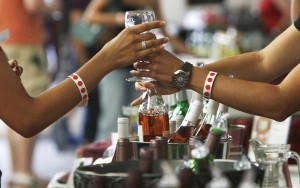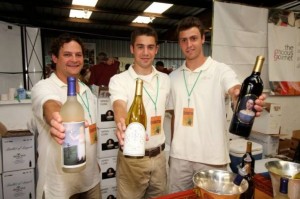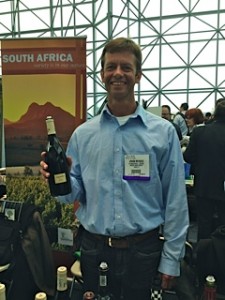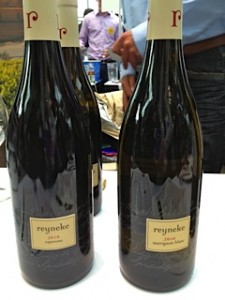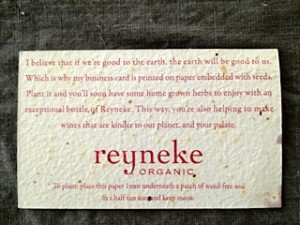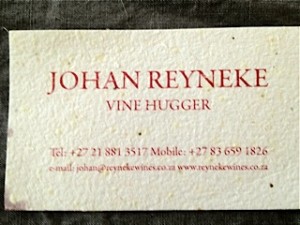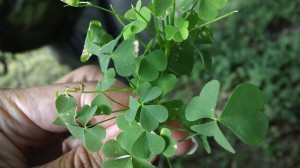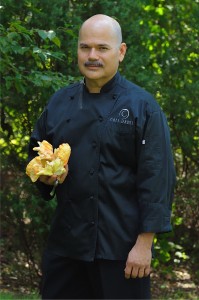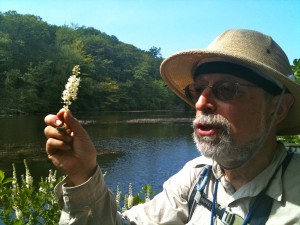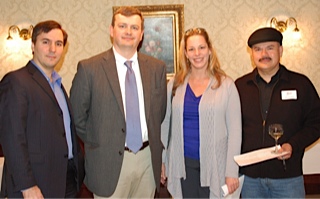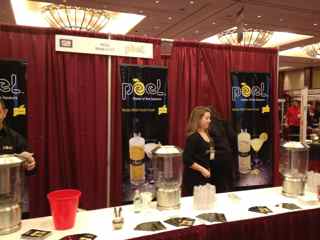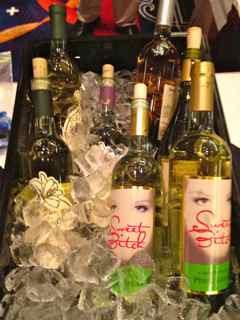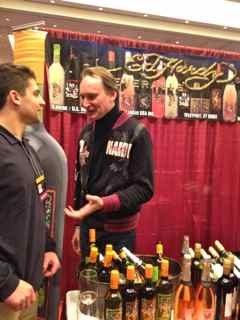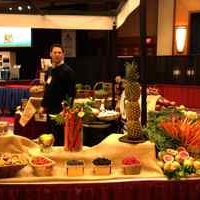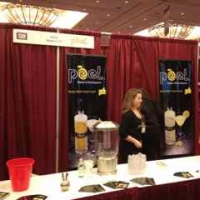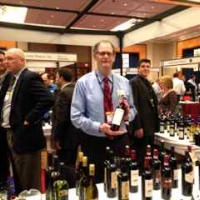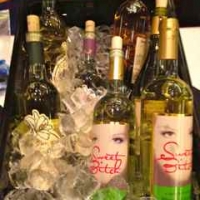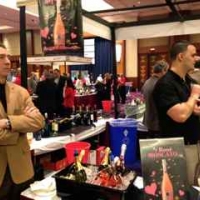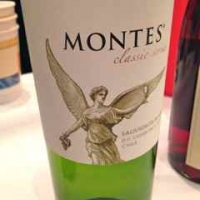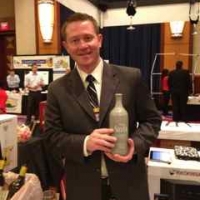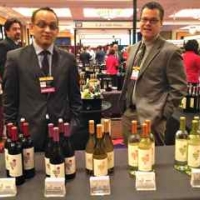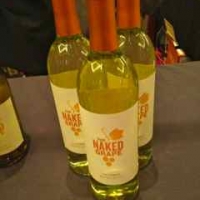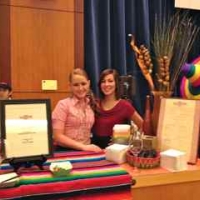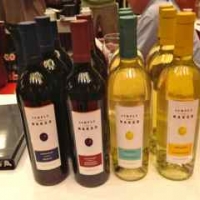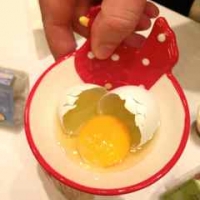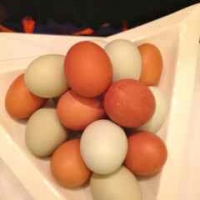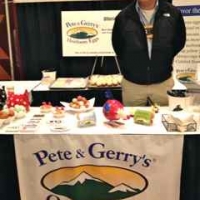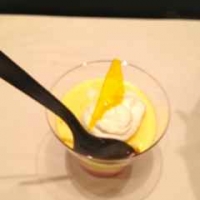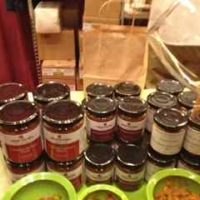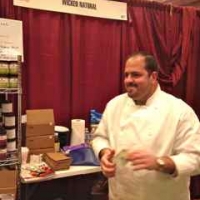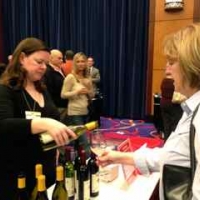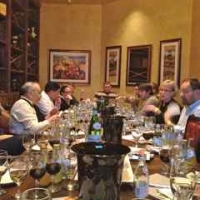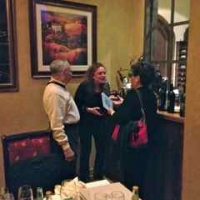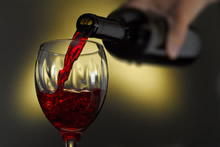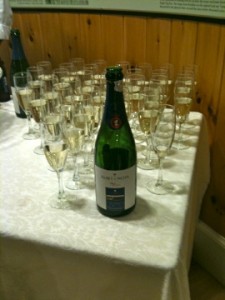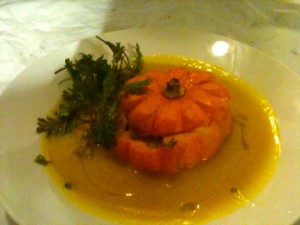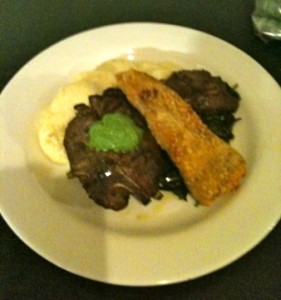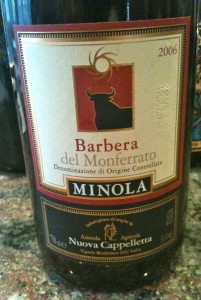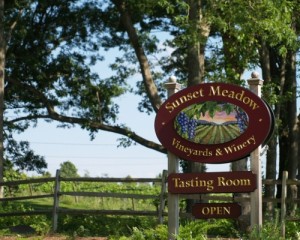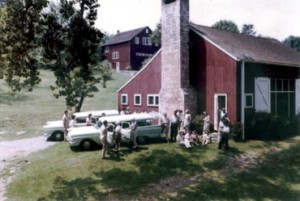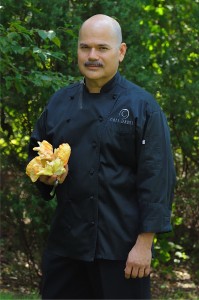This just in: The dates for the Fourth Annual Connecticut Wine Festival have been set and tickets are now on sale. WINE had the pleasure of attending this event last year and it was an incredible success. For coverage of last year's event, visit https://wineinstituteofnewengland.com/discovering-connecticut-wine-at-the-connecticut-wine-festival/.
CONNECTICUT WINE FESTIVAL
Saturday and Sunday, July 28 and July 29, 2012
You’re sure to “have a grape day” at the Fourth Annual Connecticut Wine Festival, which returns to the Goshen Fairgrounds in Connecticut this summer. Featuring fine wines, specialty food vendors, artisans, and live music, it is the perfect summer activity for both the amateur and sophisticated wine connoisseur. The festival enjoyed a record number of guests last year, and this year, organizers are promising “more music, more excitement, good food, and lots of great local wines.” Sponsored by the Connecticut Vineyard and Winery Association, adult guests can sample the finest wines Connecticut has to offer from many of the state's top wineries – all included in their “tasting ticket” price. They also receive a free tote bag with a commemorative wine glass to use for the tastings. More information and a complete list of participating wineries can be found at www.ctwine.com.
DATE: Saturday and Sunday, July 28th and 29th
TIME: Saturday, 12 p.m. – 7 p.m.; Sunday, 12 p.m. – 6 p.m.
LOCATION: Goshen Fairgrounds, Route 63, Goshen, Connecticut
ADMISSION: $25 in advance at any participating CVWA winery, by phone or online; $30 at the door. Guests under 21 and Designated Drivers can attend for a reduced admission price of $10.
Contact: info@ctwine.com or (860) 677-5467
